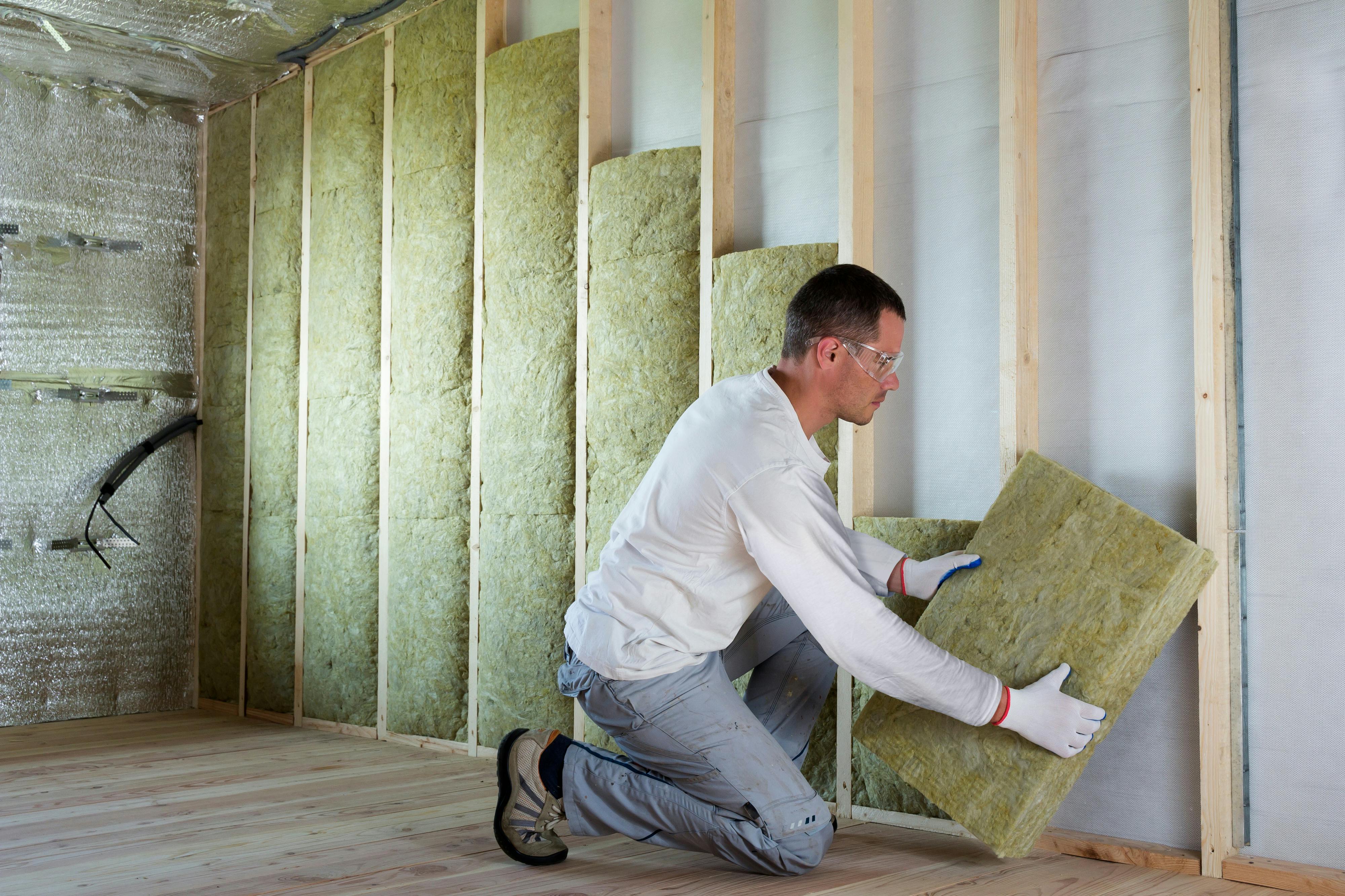Timber Frame Insulation
Timber frame construction is an efficient and flexible build method. Compared to traditional masonry, it can accommodate more timber frame insulation in between the wooden studs, as in a cavity.
A continuous layer on the outside provides extra performance, while a layer on the inside gives additional room for electrical wiring. This helps create safe, efficient and positive living and working environments.
Discover the applications, benefits and all the timber frame wall insulation details you need on this page.


































